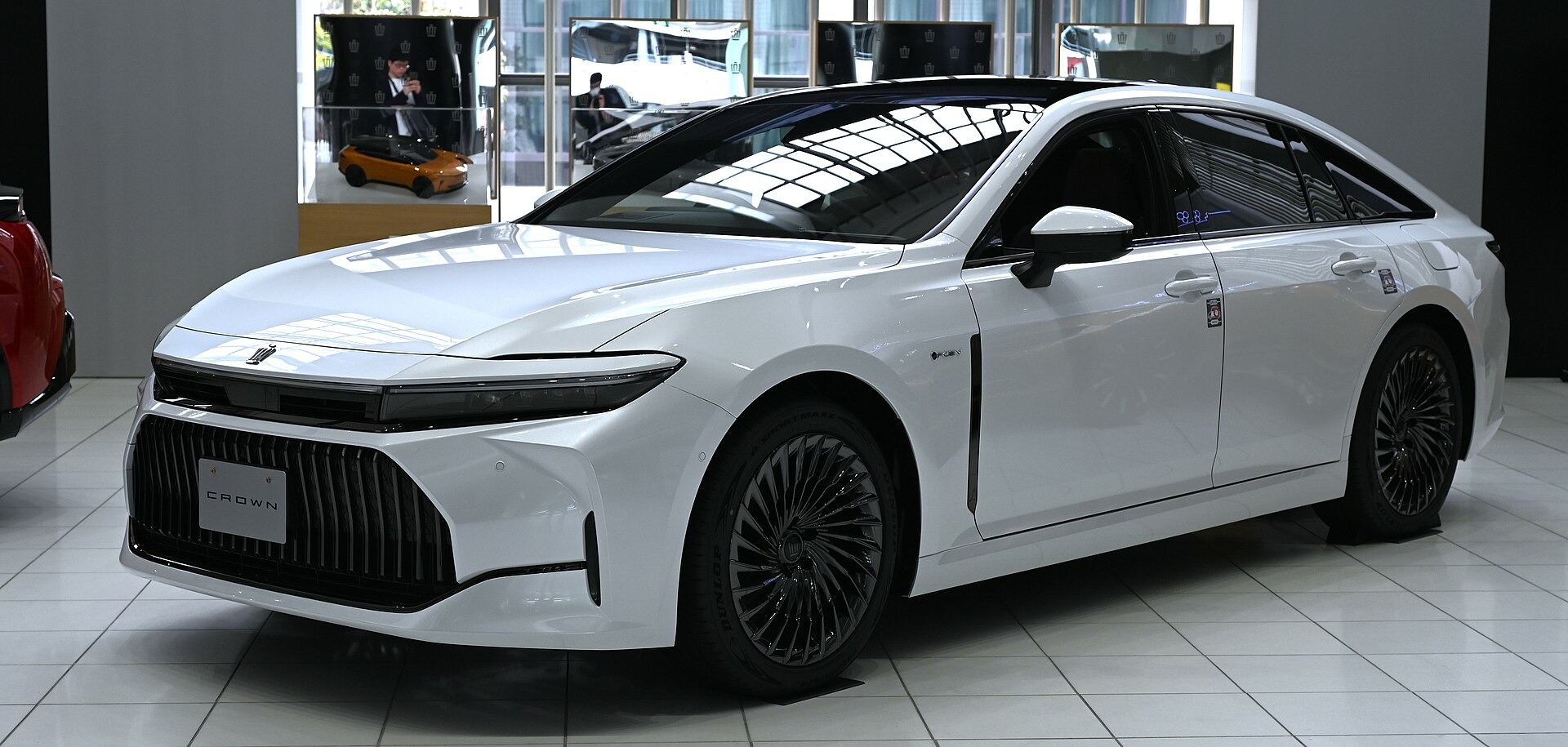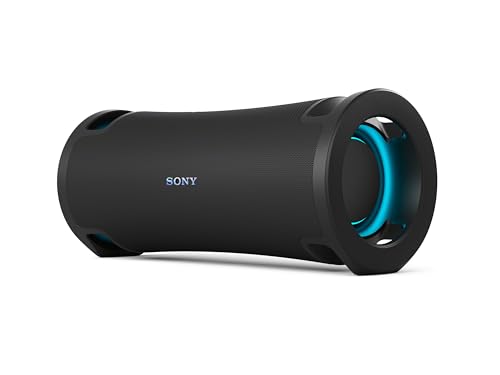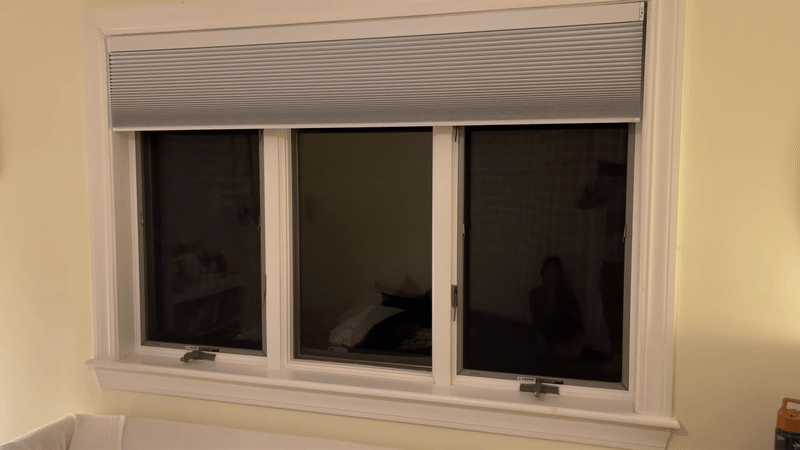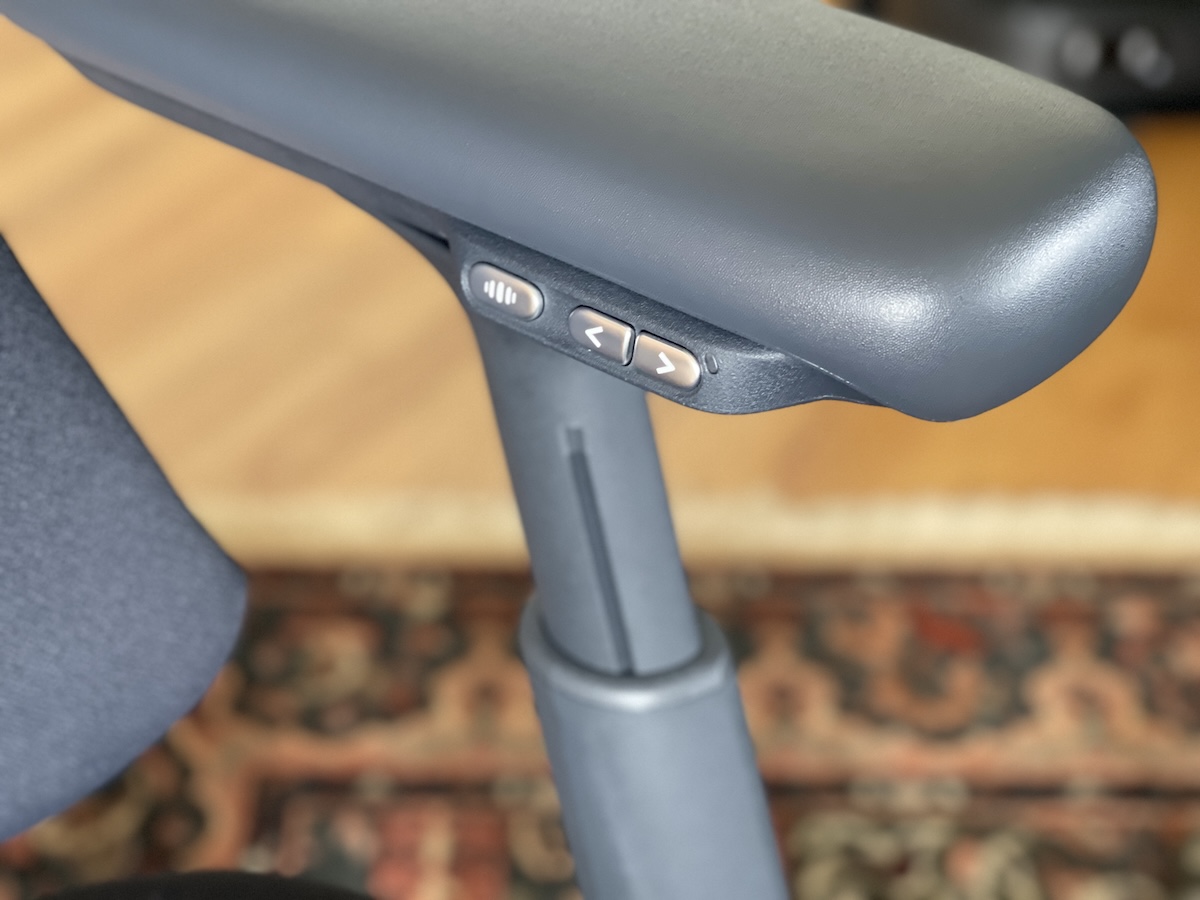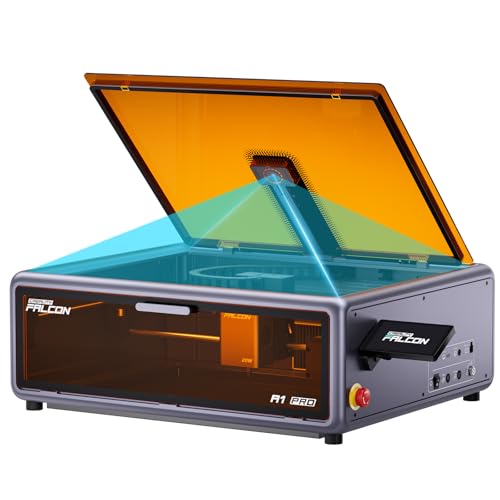Cars used to have real weight you could feel in your hands, dashboards made of actual steel, and character that today’s cookie-cutter crossovers can’t touch. The 1970s delivered sedans that were more than just transportation—they were rolling statements that responded to changing times with surprising ingenuity and style.
While Mustangs and Camaros steal every car show spotlight, these everyday heroes deserve recognition for revealing more about automotive evolution than any muscle car ever could. These forgotten four-doors packed serious engineering, luxury touches, and sometimes unexpected performance into practical packages that even families could use.
10. 1971 AMC Hornet SC/360 Sedan (Exterior)

AMC’s middle finger to the muscle car establishment arrived disguised as a family sedan. The SC/360 delivered serious punch where you least expected it—a 360 AMC V8 hiding beneath your neighbor’s grocery getter appearance. Racing stripes ran down the sides like war paint, announcing this wasn’t your typical family hauler.
Sharp angles and purposeful stance set the SC/360 apart from bloated competitors. The front end wore AMC’s signature grille with authority, as subtle fender flares hinted at the performance lurking underneath. Only 784 rolled off the line in 1971, making spotting one today like finding an original Star Wars figure still in its package.
1971 AMC Hornet SC/360 Sedan (Interior)

Step inside and you’d find bucket seats that meant business, not the bench seat compromises most family cars offered. The instrument cluster delivered real gauges instead of idiot lights, giving drivers information about what their 245 horsepower was doing.
Factory suspension upgrades lurked beneath, transforming corners from afterthoughts into enjoyable driving experiences. Motor Trend called it “just a plain gas to drive” with handling that felt like a dream—high praise when most American cars treated steering as a suggestion rather than a command.
9. 1976 Chevrolet Concours Sedan (Exterior)

Chevy had yet to convince anyone the Malibu was premium when the Concours transformed Nova bones into something with serious aspirations. The exterior wore subtle chrome accents and refined styling cues that suggested this compact had somewhere important to be, not just errands to run.
Proportions hit the sweet spot between economy and elegance, with a formal roofline that added visual weight without bulk. Chevrolet produced the Concours for just two years—1976 to 1977—before folding it back into the Nova lineup, creating the automotive equivalent of a limited Netflix series that got canceled before finding its audience.
1976 Chevrolet Concours Sedan (Interior)
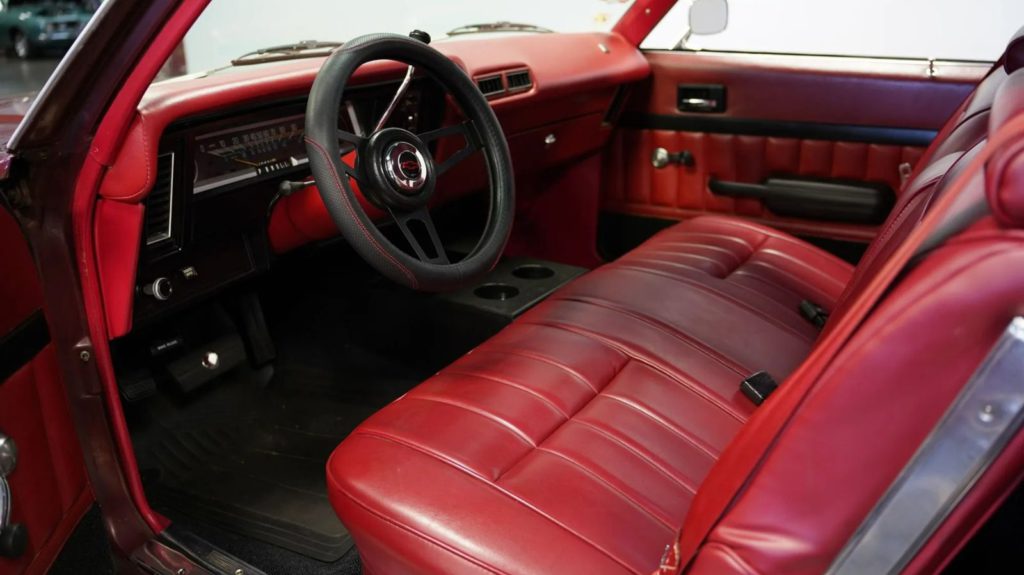
Inside, upgraded fabric and woodgrain trim elevated the cabin above typical Nova territory. Sound dampening made the Concours noticeably quieter than its platform sibling, and high-back seats provided comfort worthy of the premium positioning.
Standard equipment included the reliable 250 inline-six, though buyers seeking more excitement could upgrade to V8 power reaching 350 cubic inches. The cabin materials and attention to detail represented Chevrolet’s brief experiment with near-luxury compact sedans—an idea that would resurface decades later with better execution.
8. 1975 Dodge Monaco Brougham Sedan (Exterior)

Peak ’70s excess rolled on four wheels wearing enough chrome to blind oncoming traffic. The Monaco Brougham embodied Detroit’s “bigger is better” philosophy while the rest of the world embraced “less is more”. This was an oversized and unforgettable land yacht with a size that commanded respect through sheer presence.
Formal styling with vinyl roof treatment screamed luxury louder than any modern vehicle dares. Chrome bumpers stretched across the full width, and side trim added visual weight to an already substantial profile. These boats required concentration just to keep between lane lines, but they announced arrival like nothing else on the road.
1975 Dodge Monaco Brougham Sedan (Interior)

Velour seats so plush you’d sink like quicksand welcomed passengers into a world where comfort meant excess. The dashboard displayed more fake wood than furniture stores, creating an atmosphere of luxury that defined the era’s priorities.
Standard 360 V8 power could be upgraded to 400 or even the mighty 440, while optional power windows, locks, and seats meant minimal physical effort required. This represented American luxury when stretching tape measures mattered more than technology specs—a time capsule to when bigger truly meant better in Detroit’s playbook.
These comfort-driven details—velour seats, chrome trim, and bold dashboards—were hallmarks of their time. These lost car features set vintage sedans apart from today’s vehicles.
7. 1975 Mercury Comet Sedan (Exterior)

The Comet lived in the Maverick’s shadow despite offering superior refinement and standard features. Mercury’s compact sedan represented an attempt to deliver near-luxury appointments in a smaller package as oil crises forced Americans to reconsider automotive priorities.
Sleek proportions and Mercury’s signature grille treatment distinguished the Comet from its Ford cousin. Styling struck a thoughtful balance between economy and elegance, offering buyers a more sophisticated choice in the compact segment without venturing into full-size territory.
1975 Mercury Comet Sedan (Interior)

High-back bucket seats and woodgrain touches created an interior environment more refined than the Maverick’s basic approach. Additional sound dampening provided a quieter cabin experience, and luxury-oriented details elevated the driving environment.
Available with either the economical 200 inline-six or the optional 302 V8, the Comet struck a middle ground between efficiency and performance that seems commonplace now but felt relatively novel in the early ’70s. The combination represented automotive history’s middle child—overshadowed despite having plenty to offer.
6. 1977 Pontiac Phoenix Sedan (Exterior)

Pontiac’s take on GM’s X-body platform wore the brand’s signature split-grille design with compact confidence. Introduced in 1977, the Phoenix offered distinctive styling in a package designed to compete with Japanese imports flooding the market.
Gold and earth tones dominated period color choices, and clean lines suggested efficiency without sacrificing Pontiac character. The Phoenix struggled during the disco era, caught between buyers wanting true economy cars and those craving traditional American luxury—creating a vehicle that pleased neither camp completely.
1977 Pontiac Phoenix Sedan (Interior)

Power came from an underwhelming 110-horsepower V6 to a more spirited 155-horsepower 305 V8 that transformed basic transportation into something approaching enjoyable. The LJ luxury trim added comfort touches including deluxe seat belts and upgraded interior materials.
Interior appointments reflected Pontiac’s attempt to court younger buyers with sophisticated compact offerings. Discovering a Phoenix today resembles uncovering original Star Wars action figures still in packaging—theoretically possible but increasingly unlikely as time removes survivors from roads and driveways.
5. 1975 Oldsmobile Omega Sedan (Exterior)

Oldsmobile’s attempt to court younger buyers with compact luxury faced a significant challenge: rust. The Omega shared X-body design with the Phoenix but wore styling cues that honored the Oldsmobile badge and reputation for refined engineering.
Crisp geometry and formal styling suggested traditional Oldsmobile values in a smaller package. Road salt proved to be the Omega’s greatest enemy, causing many examples to dissolve into iron oxide before reaching the 1980s—a harsh lesson in material science that affected an entire generation.
1975 Oldsmobile Omega Sedan (Interior)

Buyers could choose between other X-body offerings, with the 260 V8 representing one of the more desirable options for buyers seeking Oldsmobile luxury with adequate performance. Plush cut-pile carpeting and simulated wood grain trim elevated the interior above Chevrolet Nova platform-mate territory.
The Omega’s greatest legacy might be teaching car buyers to inspect for rust prior to signing contracts—a valuable lesson that saved countless wallets during subsequent used car purchases. Interior appointments reflected Oldsmobile’s commitment to luxury details even in compact offerings.
4. 1973 Plymouth Satellite Sedan (Exterior)

The Road Runner hadn’t yet monopolized attention when the Satellite balanced family practicality with muscle car potential. Third-generation styling from 1971-1974 featured “fuselage” design that characterized Chrysler products during this transformative period.
Flowing bodywork and balanced styling have aged remarkably well compared to many competitors, making the Satellite a sleeper in today’s collector market. The distinctive styling avoided the excessive chrome and bulk that defined some period vehicles, creating enduring appeal that survives changing automotive trends.
1973 Plymouth Satellite Sedan (Interior)

Power plants ranged from the bulletproof 225 “Slant Six” to robust 318 and 360 V8s. Emissions regulations reduced power compared to 1960s predecessors, though these engines still provided decent performance by mid-1970s standards.
Hunting down an original Satellite today that hasn’t been converted into a Road Runner clone proves increasingly difficult—like locating an original iPhone with functioning battery. The interior offered practical comfort with materials that prioritized durability over luxury, reflecting Plymouth’s focus on value-conscious buyers.
3. 1974 Pontiac LeMans Sedan (Exterior)

The LeMans served as legitimate midsize competition in Pontiac’s lineup until reduction to a rebadged Daewoo in the 1980s. Fourth-generation styling from 1973-1977 featured a distinctive nose and clean profile that distinguished it from corporate siblings.
The LeMans occupied sweet positioning—more prestigious than the Ventura but more affordable than the Grand Ville. Styling struck an appealing balance that avoided the excess plaguing larger vehicles while maintaining presence on the road.
1974 Pontiac LeMans Sedan (Interior)

Under the hood sat the dependable 250 inline-six and several V8 choices, with the 400 option proving most desirable for performance enthusiasts. The luxury-oriented LeMans Sport offered bucket seats, console, and additional gauges for a more engaging driving experience.
Interior appointments made the LeMans a comfortable cruiser that could still respond when driving demanded more than transportation. The LeMans represents the final expression of distinctive Pontiac design before corporate sameness diluted brand character, making preserved examples increasingly valuable to collectors.
2. 1974 Dodge Coronet Sedan (Exterior)

The Coronet served as Dodge’s midsize offering through the 1960s and into the 1970s, though by 1974 it had been relegated to four-door sedan duty as the Charger claimed coupe territory. Final generation styling featured clean, squared-off lines that have aged remarkably well.
Styling avoided the bloat affecting many period vehicles while maintaining substantial road presence. The Coronet disappeared after 1976 when Dodge consolidated midsize offerings under the Monaco nameplate, ending a nameplate with roots stretching back to the 1950s.
1974 Dodge Coronet Sedan (Interior)

Most Coronets came equipped with either the reliable 318 or more powerful 360 V8 engines, providing adequate motivation for family transportation duties. Interior comfort surprised buyers with high-back seats and reasonably good materials considering the price point.
These sedans offer affordable entry into Mopar collecting today—provided you can locate one that hasn’t been cannibalized for parts to restore more valuable Chargers and Challengers. The cabin prioritized practical comfort over luxury pretensions, reflecting Dodge’s focus on value-conscious customers.
1. 1976 Mercury Monarch Sedan (Exterior)

Mercury’s attempt to elevate the Ford Granada platform featured distinctive styling cues and a formal roofline that suggested luxury hopes. Produced from 1975-1980, the Monarch wore a Lincoln-inspired grille that created a more upscale appearance than its Ford counterpart.
Styling emphasized formality over sportiness, targeting buyers who valued traditional luxury cues in a more manageable package. The Monarch missed the mark with customers increasingly drawn to European and Japanese alternatives offering better fuel economy and handling characteristics.
1976 Mercury Monarch Sedan (Interior)

Powertrains included economical 200 and 250 inline-sixes plus the 302 V8, though emissions regulations had reduced even V8 output to a modest 140 horsepower. Comfort features attempted to compensate for performance limitations through power accessories, plush velour seats, and additional sound dampening.
The Monarch stands as a fascinating example of Detroit’s struggle adapting to changing market conditions—like watching Blockbuster compete with Netflix by simply eliminating late fees. Interior appointments reflected Mercury’s commitment to traditional luxury values even as the market demanded different priorities.










